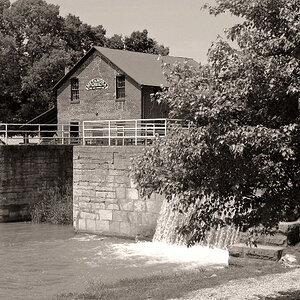- Joined
- Mar 18, 2013
- Messages
- 15,458
- Reaction score
- 15,353
- Location
- Boston
- Can others edit my Photos
- Photos OK to edit
Looking for feedback on crop/framing and processing and suggestions on what to do differently next time. This view is of the church on our street from a local lookout point so I can go back and reshoot pretty much any time. You could just tell the other day after the rain that the sky was going to be gorgeous at sunset so I quickly grabbed my camera and ran over there. Only had the 17-70 with me. Next time will bring an assortment including 11-16 and 70-300.
1.
 Melrose_2959_edited-1 by SharonCat..., on Flickr
Melrose_2959_edited-1 by SharonCat..., on Flickr
2.
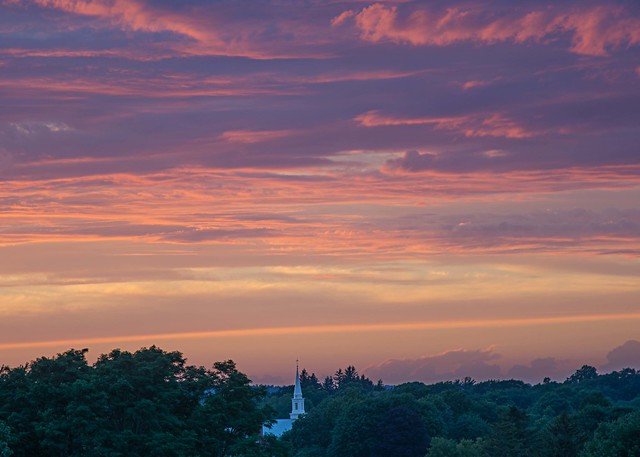 Melrose_2969_edited-1 by SharonCat..., on Flickr
Melrose_2969_edited-1 by SharonCat..., on Flickr
3.
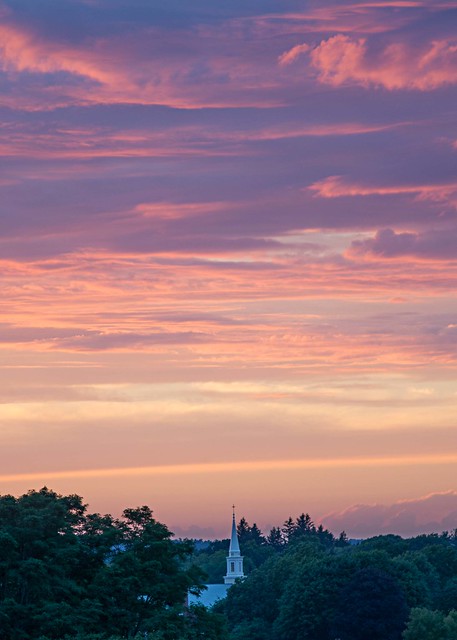 Melrose_2970_edited-1 by SharonCat..., on Flickr
Melrose_2970_edited-1 by SharonCat..., on Flickr
1.
 Melrose_2959_edited-1 by SharonCat..., on Flickr
Melrose_2959_edited-1 by SharonCat..., on Flickr2.
 Melrose_2969_edited-1 by SharonCat..., on Flickr
Melrose_2969_edited-1 by SharonCat..., on Flickr3.
 Melrose_2970_edited-1 by SharonCat..., on Flickr
Melrose_2970_edited-1 by SharonCat..., on Flickr
Last edited:


![[No title]](/data/xfmg/thumbnail/31/31751-fb2f68cca32f9eec468dbde7d649840f.jpg?1619734990)
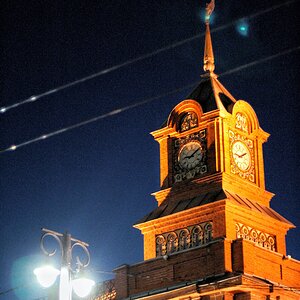
![[No title]](/data/xfmg/thumbnail/40/40356-883c642c8d24d2709b359f9c8b196fcf.jpg?1619739437)

![[No title]](/data/xfmg/thumbnail/41/41904-bc50f4d1903ad14e244dbad5cf8e5aa4.jpg?1619739940)
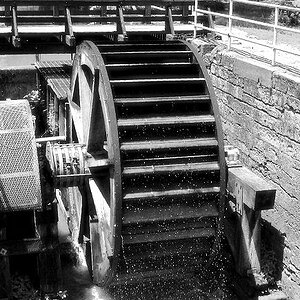
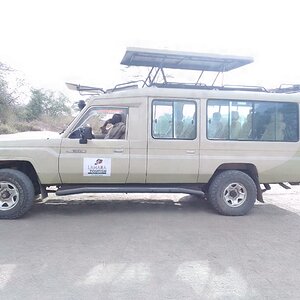
![[No title]](/data/xfmg/thumbnail/35/35263-86f580cf5d28d23109a45984030a79ad.jpg?1619736968)

